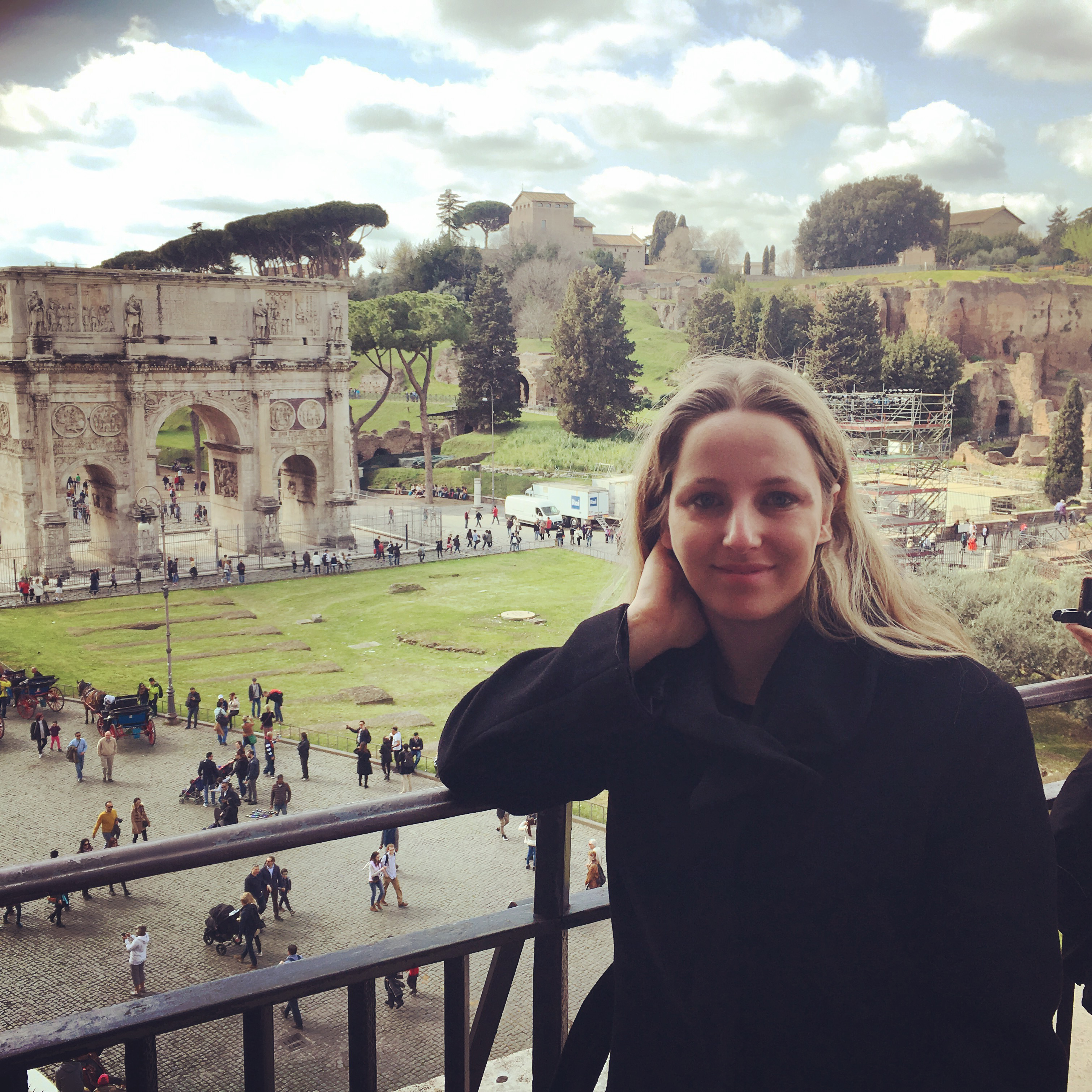I have been involved in archaeological fieldwork for the last 10 years. During my studies at the Jagiellonian University I was involved in a series of projects investigating Roman Iron Age period settlement pattern in Lesser Poland. The projects ranged from a 3rd century cremation burial ground in Jadowniki Mokre with a considerable number of Roman imports deposited in the graves to a small settlement in Charbinowice, among other sites. I had the pleasure of taking the role of Finds Officer on some of these projects. I also participated in excavations run in association with the University of St. Petersburg in a Greek colony in Crimea, and the excavation of a Roman military fort at Iža, situated along the Danube in Slovakia. Since moving to the UK I have participated in the excavations at Vindolanda and on occasions taught fieldwork in several training excavations led by the University of Leicester including Wallingford, Oxfordshire and Cesenatico, Italy. On this website you will find short information about the projects I have held positions of responsibility in since moving to the UK.
Excavation Projects

The Roman fort at Iža,Komárno
Recent and ongoing excavation projects
-
The project seeks to understand the Dreamer’s Bay port, and place it in the context of the wider Akrotiri peninsula which lay between the major ancient cities of Kourion and Amathous. Additionally, the immediate reason for the work is that ancient harbour buildings on the shoreline are being eroded by wave action during winter storms. Alongside its academic research objectives, the project pursues a range of community archaeology and education objectives through collaboration with other organisations: local British schools in the nearby area, military authorities, local Cypriot community and the local archaeology group. The project also helps wounded, injured and sick serving and veteran UK military personnel to recover and rebuild their lives through engaging them in archaeological fieldwork.
I am the Deputy Director of the project but I also take the responsibilities of the Finds Officer on site, organising the programme and calendar of outreach activities and school visits (jointly with Dr Gonzalez-Rodriquez) to the site as well as aiding the collection of evidence for project evaluation for a possible impact case study. You will find more information about the project on its website and updates from the excavation on our facebook page
-
Burrough Hill is a large single banked hillfort occupied from Bronze Age until Roman Period. The site is situated in Leicestershire and has protected status as an English Heritage Scheduled Monument. The project ran between 2010-2014 and sought to shed light on the Iron Age occupation and exploitation of the region and to question transitions into the Roman period.
As the project’s teaching assistant my role involved teaching excavation aims and methods in practice, delivering finds sessions and setting the excavation within the wider context of post-excavation work and the realities of professional archaeology. Following the excavation seasons, I was involved in marking students’ essays and fieldwork portfolios. I also performed the role of Finds Officer on site and as such assisted with the discovery of the Burrough Hill treasure and, alongside a British Museum representative, helped prepare the finds for travel to London and conservation. I was heavily involved in excavation Open Days, delivering outreach to pre-16 youth from local schools and to local historical and archaeological societies. I also engaged with the media and alongside my team, featured on BBC’s East Midlands Today and featured in a live interview on BBC Radio Leicester.
The project’s website and the project’s facebook page
